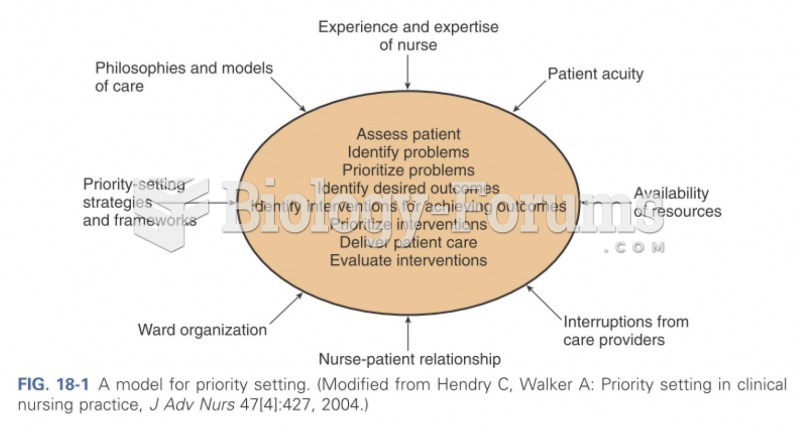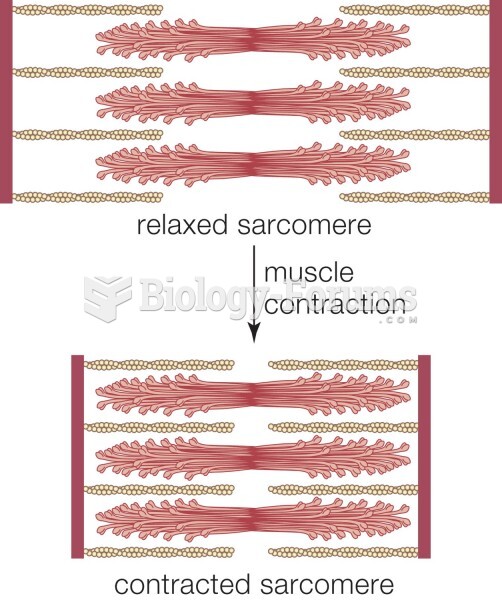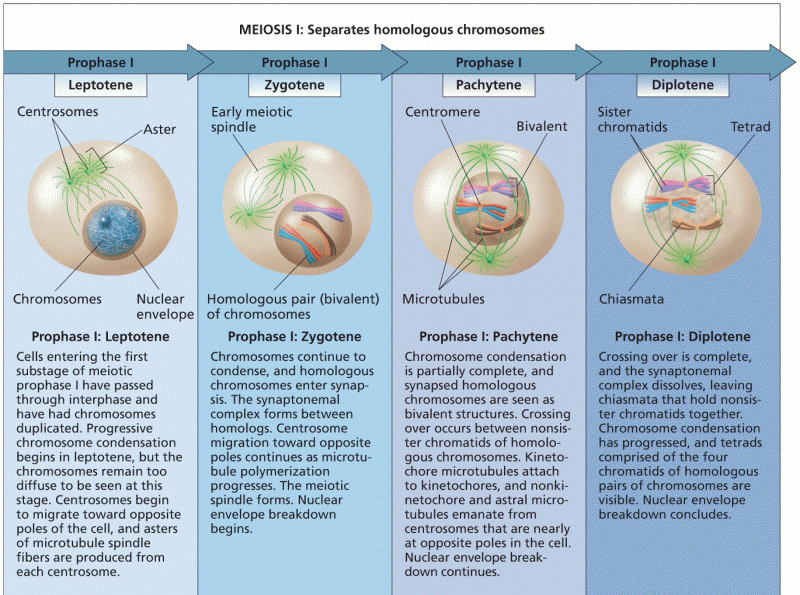Answer to Question 1
There are six stages for counseling gay, lesbian, and bisexual individuals.
o Stage 1, pre-counseling preparation, requires the counselor to evaluate his or her awareness of sexual minority worldviews and culture. It is important for the counselor to challenge his or her own assumptions about sexual orientation and if needed, use a consultant to assist in the preparation process.
o Stage 2, establishing an affirmative trusting relationship, may require considerable time and effort beyond one counseling session. Sexual minorities may not feel comfortable to express themselves in counseling. Counselors must develop a trusting relationship with the client by becoming knowledgeable about sexual minority issues, limitations of career choice, and the influence of homophobic attitudes.
o Stage 3, client identity issues, involves the client's place of development of the six stages of the HIF model. The six stages of the HIF model are identity confusion, identity comparison, identity tolerance, identity acceptance, identity pride, and identity synthesis.
o Stage 4, identify variables that may limit career choice, suggests that discrimination, bias, and stereotyping are negative influences that limit career choices for all sexual minorities, including ethnic minority individuals. These variables persuade clients to not consider certain careers because of their sexual orientation.
o Stage 5, tailored assessment, should be enhanced by a collaborative working consensus relationship; one should include the client in the selection of assessment instruments.
o Stage 6, job search strategies, prepares clients for developing their resumes, job interview, and locating sexual minority affirmative organizations. Counselors can provide clients with resources for sexual minorities; a list of websites that include locations of organizations with nondiscrimination policies, addresses for employer policies, gay employee groups, and gay professional organizations.
Answer to Question 2
C







